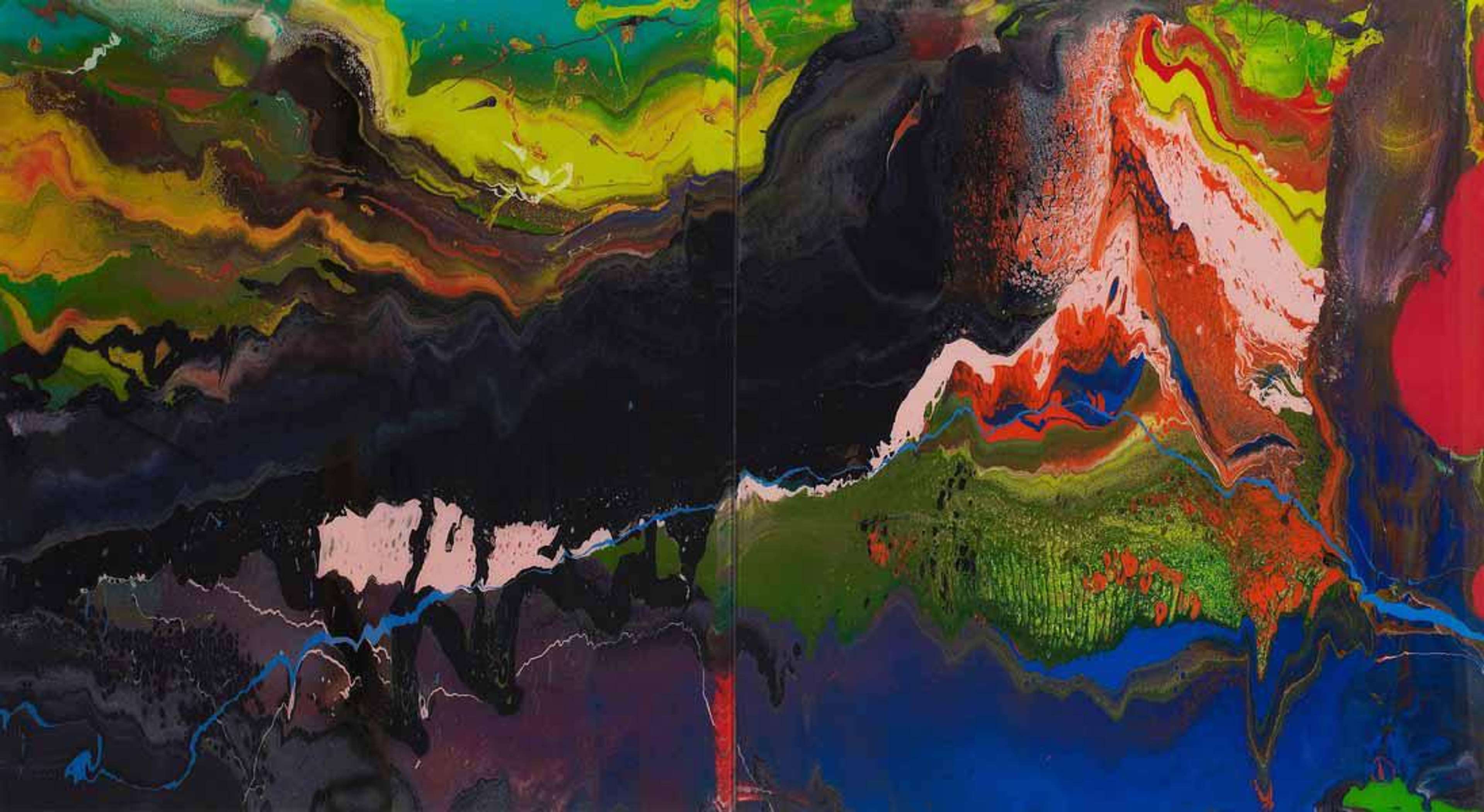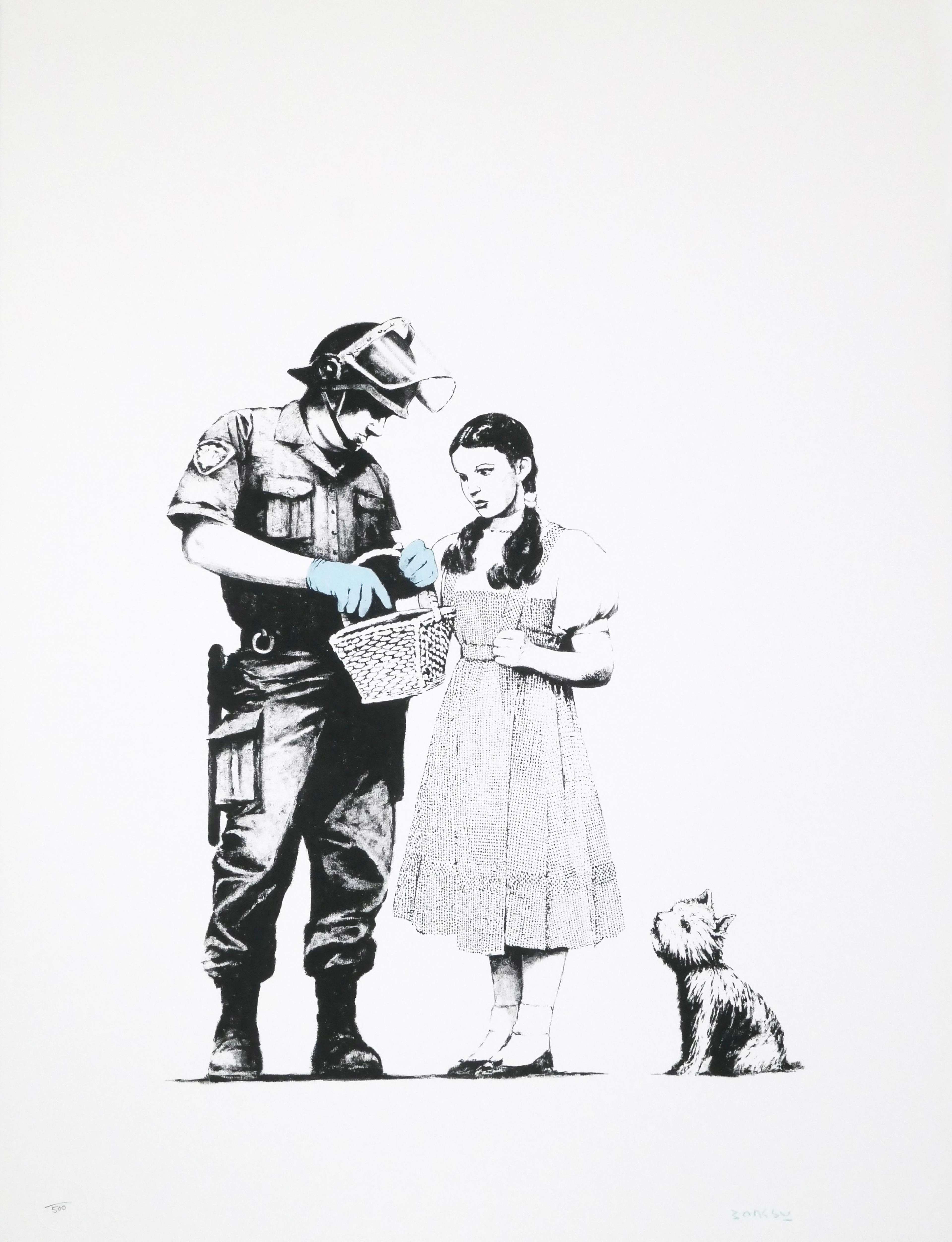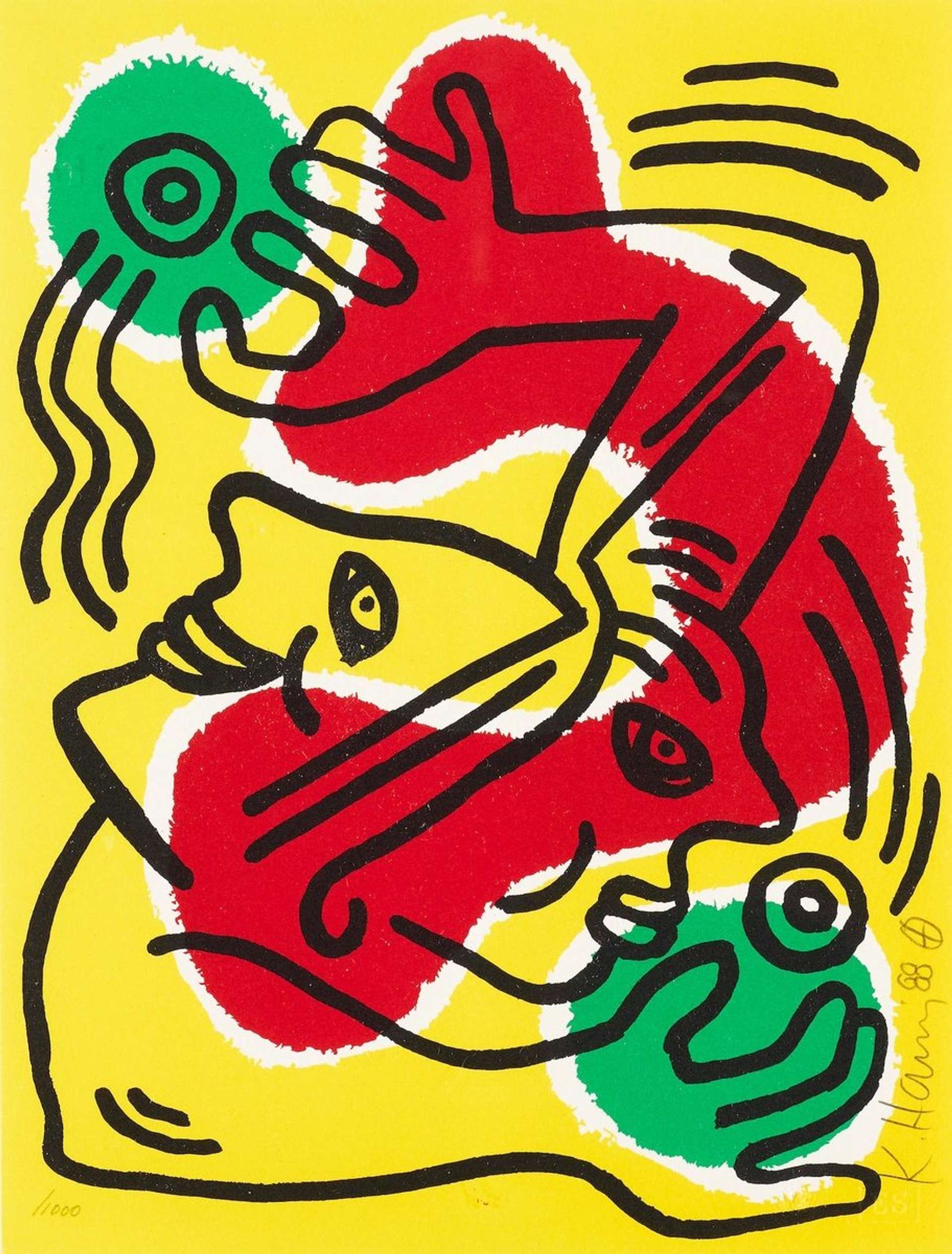 Sotheby’s London © Sotheby’s
Sotheby’s London © Sotheby’s Market Reports
Sotheby’s has been a cornerstone of the global art and auction market since its founding in 1744. Initially specialising in rare books, it later expanded into fine art, jewellery, and luxury collectibles. Over the centuries, Sotheby’s has adapted to market trends, technological advancements, and global demand, maintaining a significant presence in the art and auction industry.
The Founding of Sotheby’s
Samuel Baker and the Early Years
Samuel Baker, a London-based bookseller, founded Sotheby’s in 1744. His first recorded auction featured a collection of rare books from the library of Sir John Stanley, marking the beginning of an enterprise that would become one of the world’s most influential auction houses. Baker’s detailed catalogues and well-organised sales quickly earned him a reputation among collectors, scholars, and aristocrats. Following Baker’s death in 1778, his nephew John Sotheby took over the business, guiding its expansion beyond books and expanding its reach.
By the late 19th century, Sotheby’s began handling fine art and the firm gained prominence in the art market by auctioning Old Master paintings and the estates of European aristocrats. This transition laid the foundation for Sotheby’s to become a dominant force in the sale of fine and decorative arts.
Sotheby’s Rise as a Global Auction House
To meet the growing global demand for fine art, Sotheby’s expanded beyond London, opening an office in New York in 1955. The acquisition of Parke-Bernet, the largest American fine art auction house, in 1964 allowed Sotheby’s to dominate the North American market. Over the decades, Sotheby’s continued to grow, establishing offices in Paris, Hong Kong, Geneva, and beyond.
Sotheby’s has also been a pioneer in auction technology and strategy. In 1958, it changed the way high-profile art auctions were conducted by introducing the ‘Evening Sale’ format, which has since become the industry standard for showcasing prestigious artworks. Furthermore, during the 1960s, Sotheby’s made history as the first auction house to utilise satellite technology, enabling real-time bidding between London and New York. The 1970s saw Sotheby’s further shaping the art market by championing contemporary art, hosting influential sales featuring works by renowned living artists like Jasper Johns, Andy Warhol, and Robert Rauschenberg.
Setting Records
Sotheby’s has been instrumental in shaping the modern art auction industry, consistently setting new benchmarks with record-breaking sales. In 2002, the firm made history with the sale of Peter Paul Rubens’ The Massacre of the Innocents, which achieved £49.5 million, setting a record for an Old Master painting that still stands today. Just two years later, Sotheby’s achieved another milestone when Pablo Picasso’s Garçon à la Pipe became the first painting to sell for over $100 million at auction, reinforcing the firm's dominance in the high-stakes art market.
Sotheby’s in the Contemporary Markets
Sotheby’s remains a dominant player in the contemporary and modern art markets. The firm has played a key role in establishing the market for leading contemporary artists, achieving record-breaking sales for works by Jean-Michel Basquiat, Banksy, and Yayoi Kusama.
One of the most defining moments came in 2012 when Sotheby’s sold Edvard Munch’s The Scream for $119.9 million, making it one of the most expensive artworks ever auctioned at the time. In addition, Sotheby’s has repeatedly broken records for Basquiat’s works, with his Untitled (1982) selling for $110.5 million in 2017, the highest price ever paid for an American artist at auction. The firm has also been instrumental in elevating the market for contemporary street artists. Banksy’s Devolved Parliament sold for £9.9 million in 2019, setting a record for the artist at the time. Sotheby’s further cemented its role in auction history when it facilitated the now-famous self-destruction of Banksy’s Girl with Balloon in 2018, a moment that stunned the art world and resulted in a dramatic increase in the artwork’s value under its new title, Love is in the Bin.
Beyond traditional fine art, Sotheby’s has expanded its influence in the digital art market, leading the way in NFT sales. In April 2021, the firm collaborated with renowned digital artist Pak for its first NFT auction, The Fungible. The three-day event marked a significant milestone in Sotheby’s relationship with digital art, generating $16.8 million in sales and setting multiple records.
Sustainability and Inclusivity
As part of its efforts to reduce environmental impact, Sotheby’s supports a circular economy and leverages its platform to raise awareness about environmental issues. By challenging industry norms and promoting eco-friendly practices, Sotheby’s aims to drive positive change within the art market.
In addition to sustainability initiatives, Sotheby’s prioritises inclusivity by cultivating a diverse and supportive workplace. The company invests in cultural competency education, inclusive leadership training, and mentorship programs to strengthen employee connections and professional growth. Regular policy reviews and community engagement efforts further reinforce Sotheby’s commitment to fostering an equitable and respectful work environment.
The Future
With a history spanning over 275 years, Sotheby’s continues to be a significant presence in the global art and auction industry. Since its acquisition by Patrick Drahi in 2019, the company has focused on expanding its digital capabilities and strengthening its global reach. By integrating technological advancements and adapting to evolving market demands, Sotheby’s remains a key player in the auction world.








